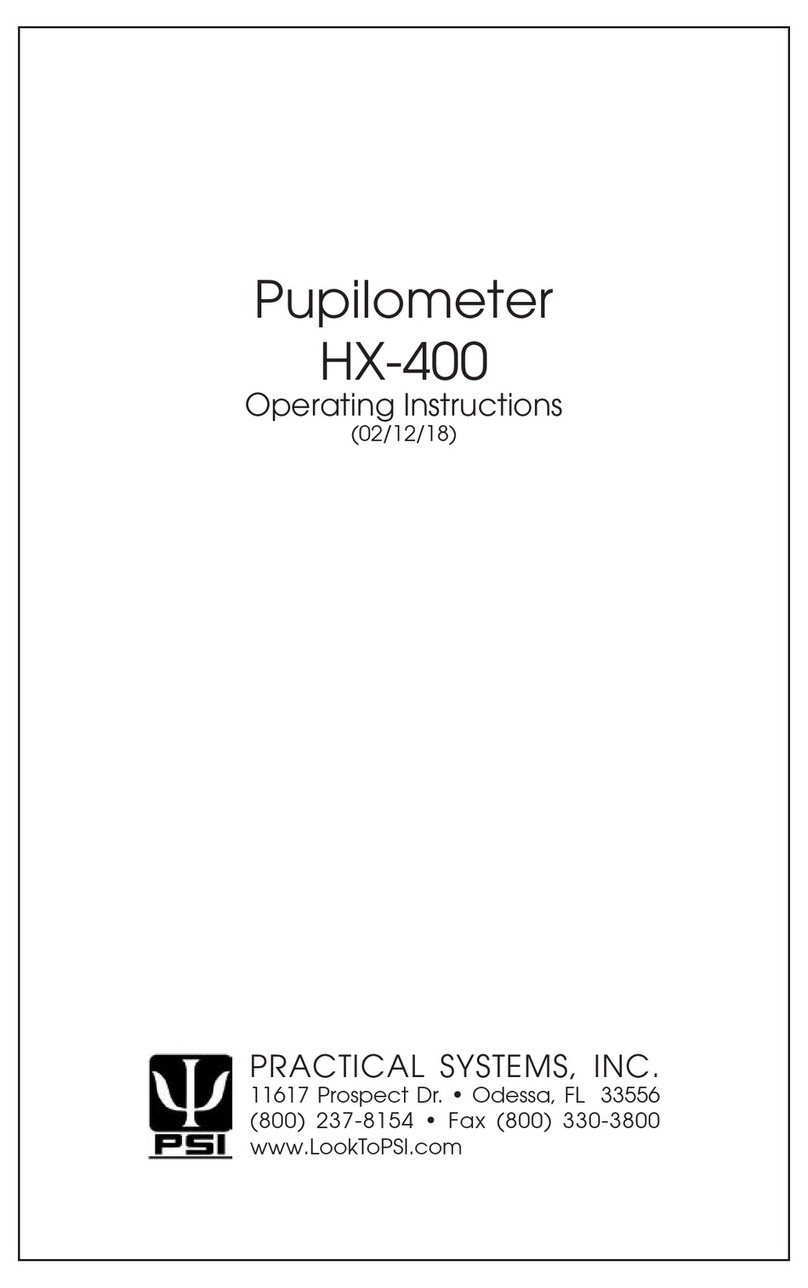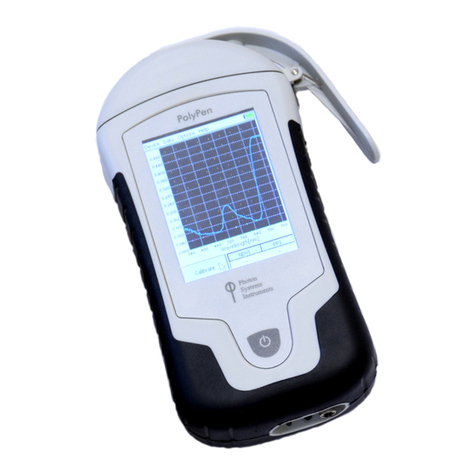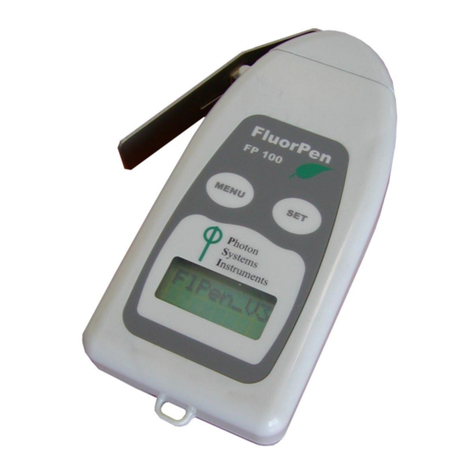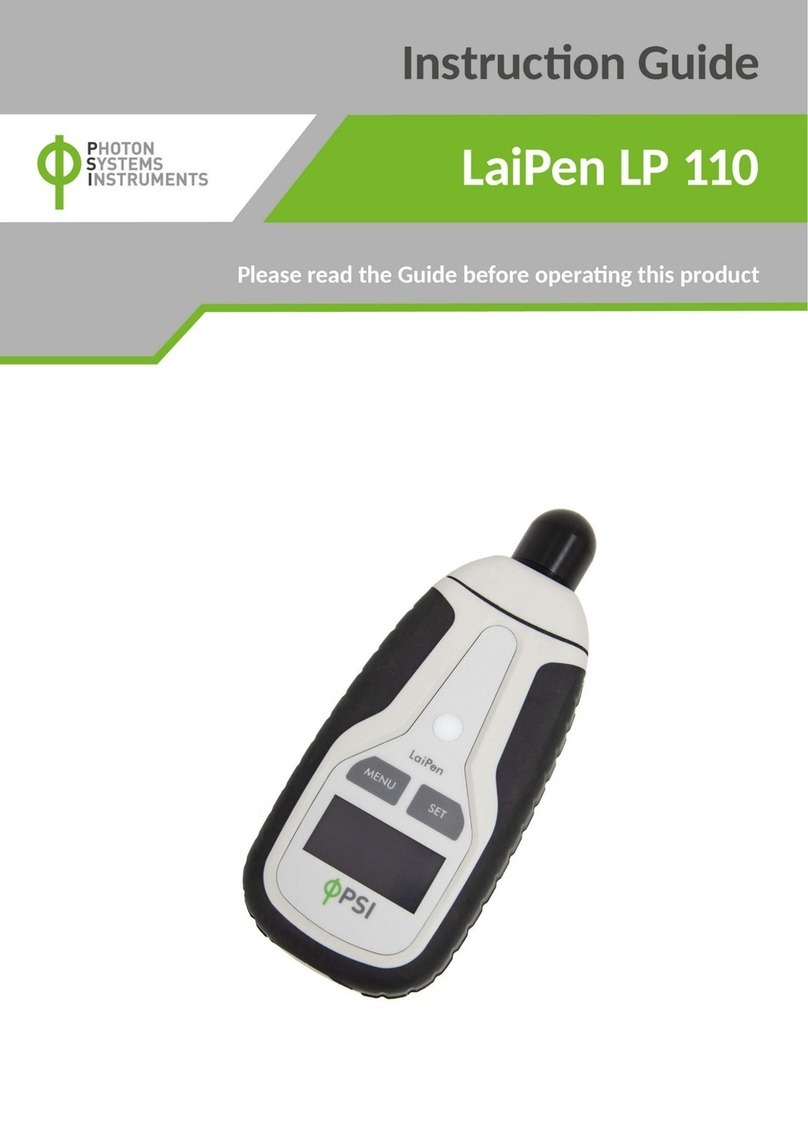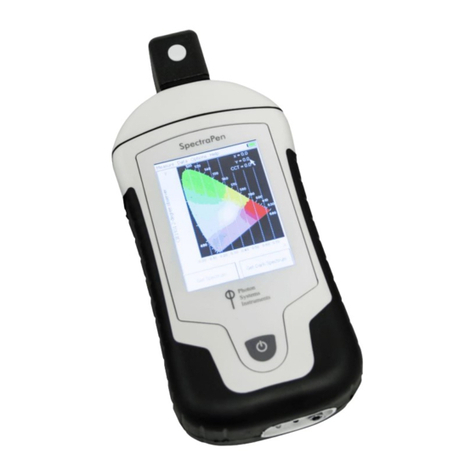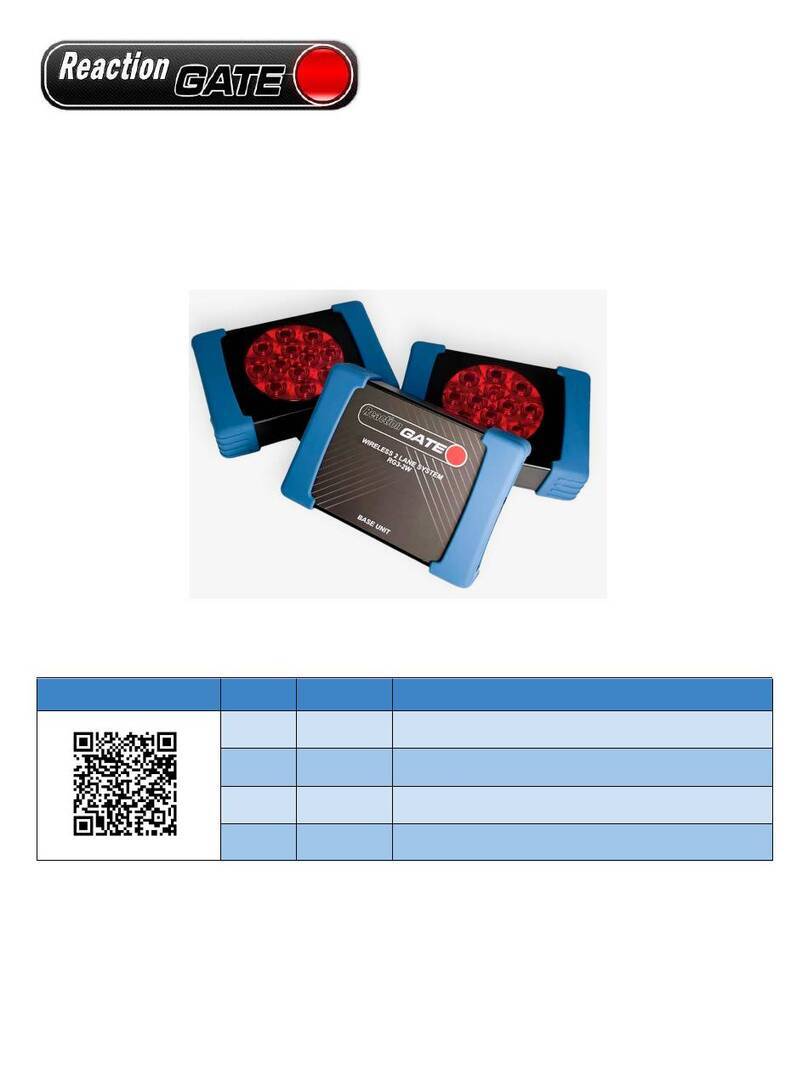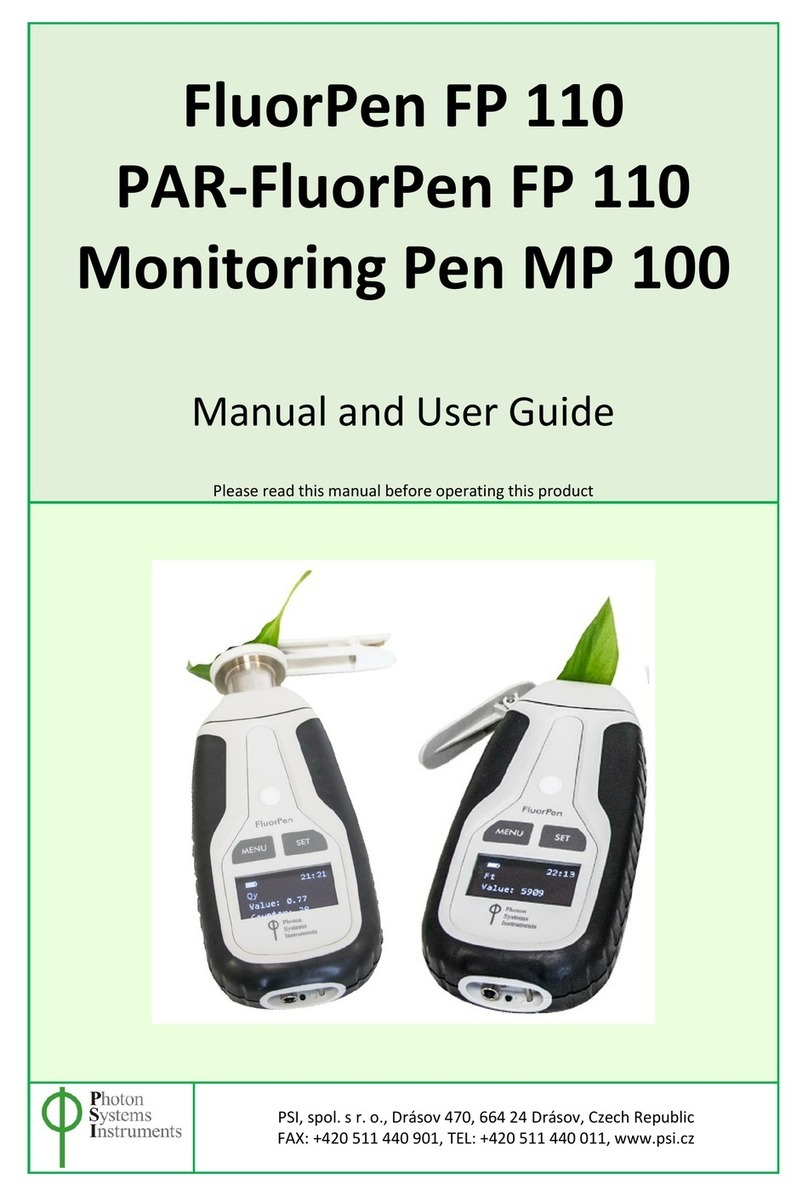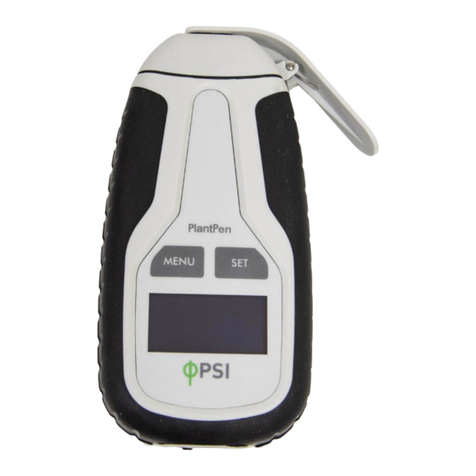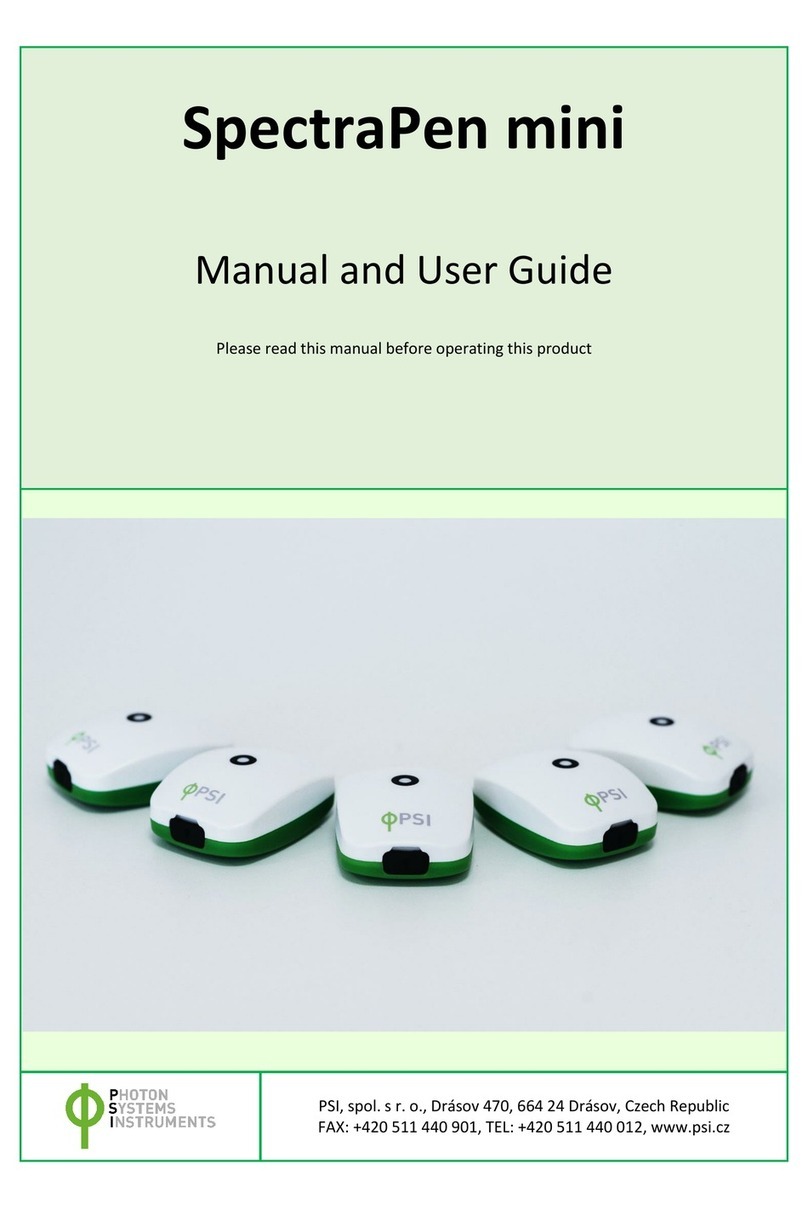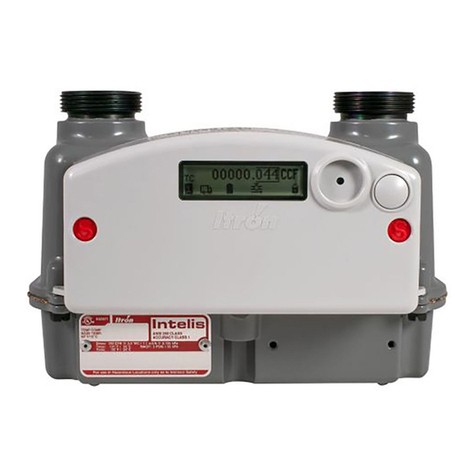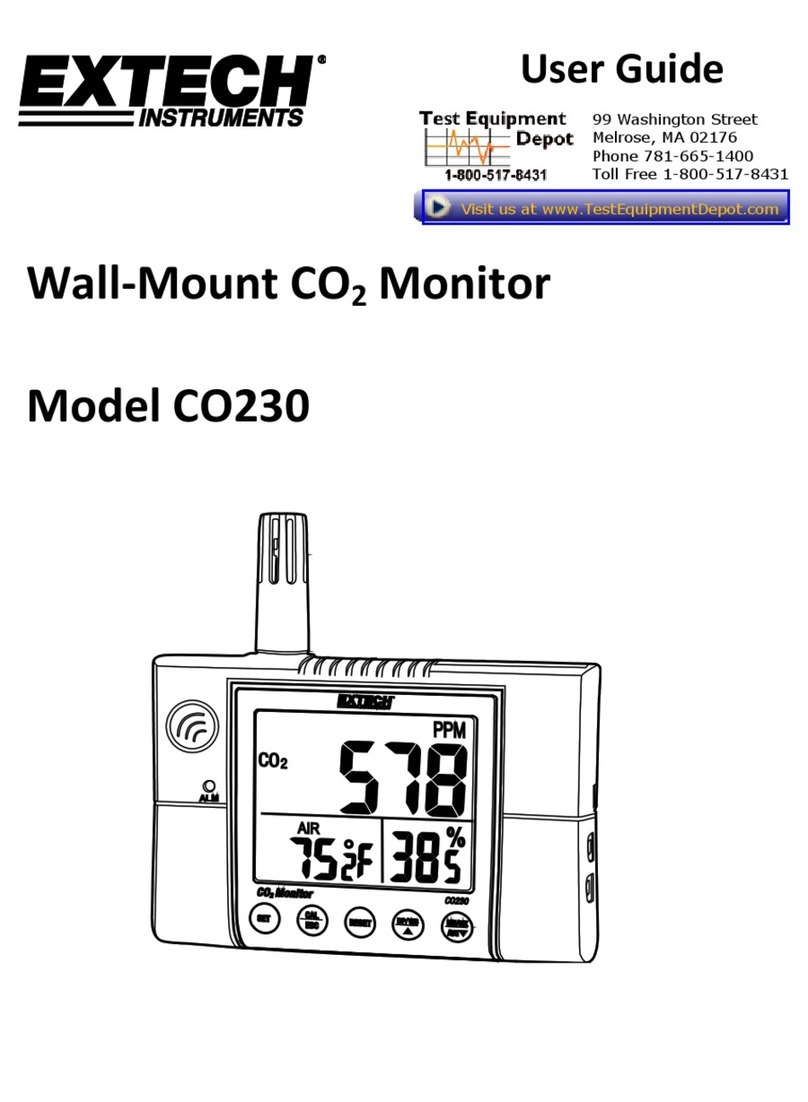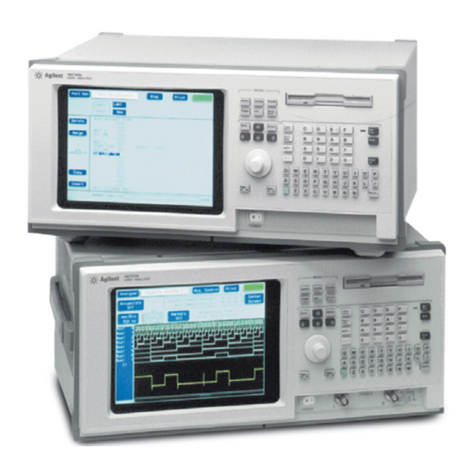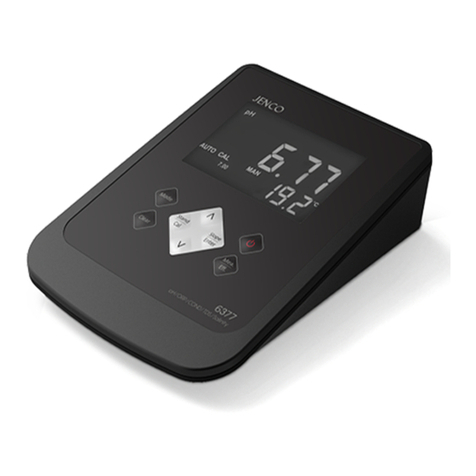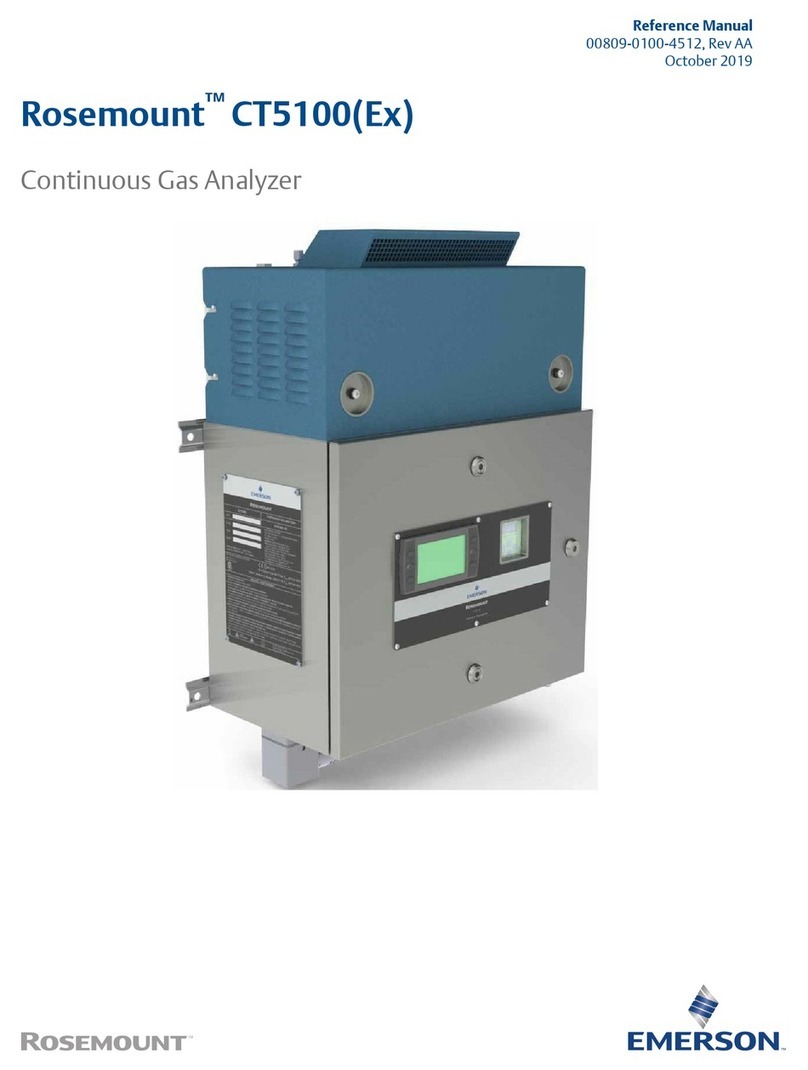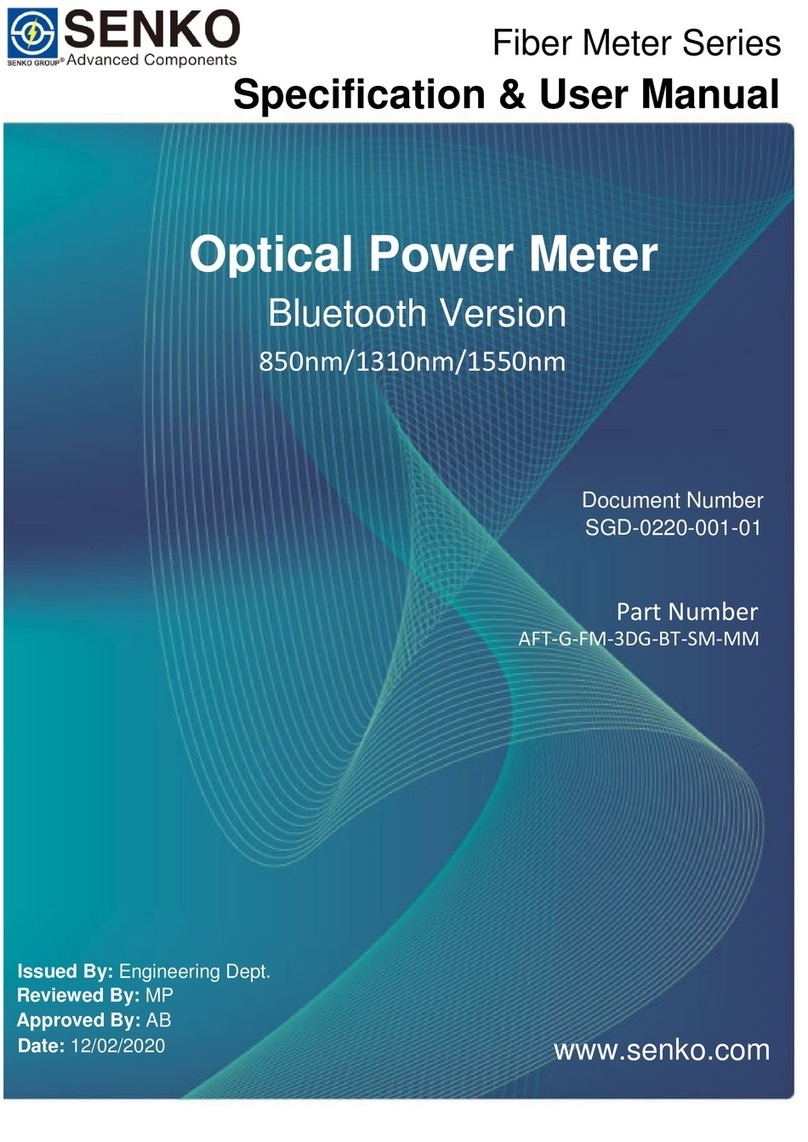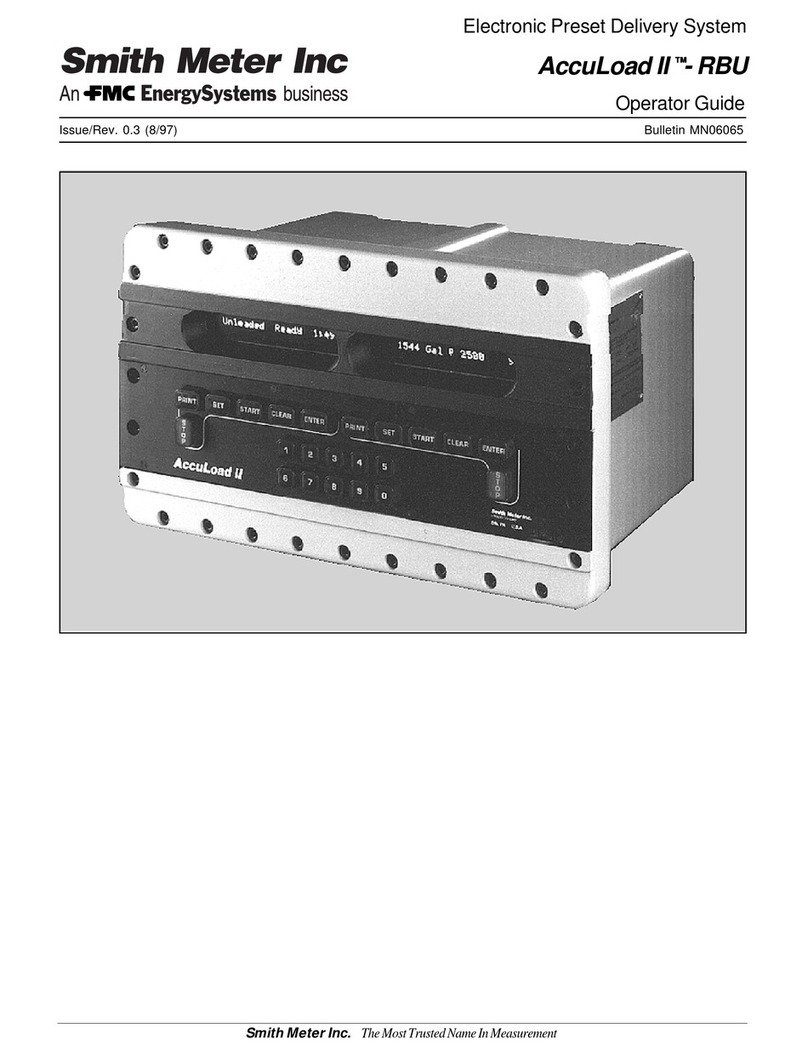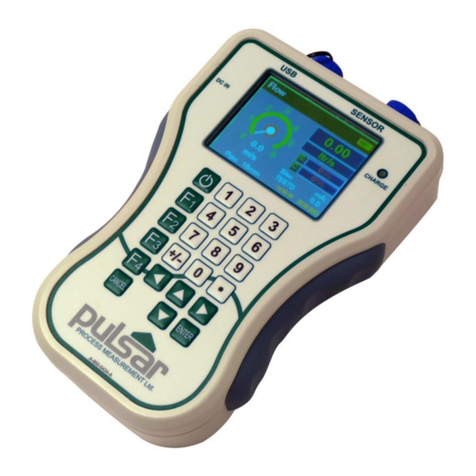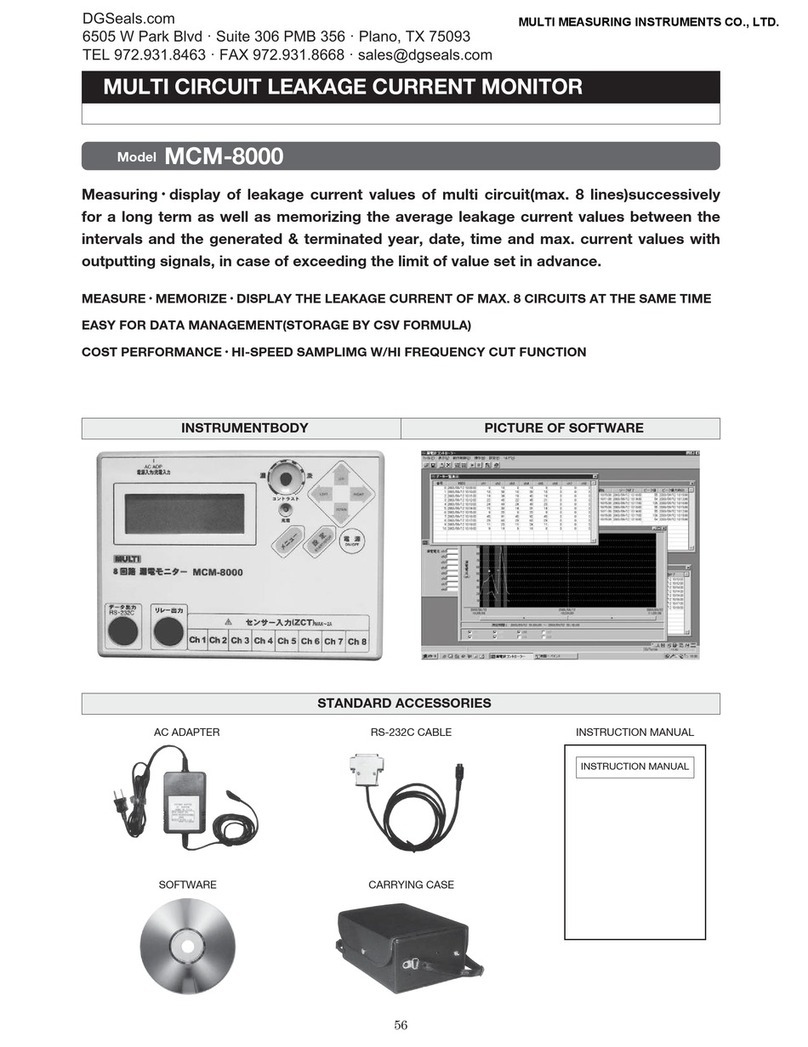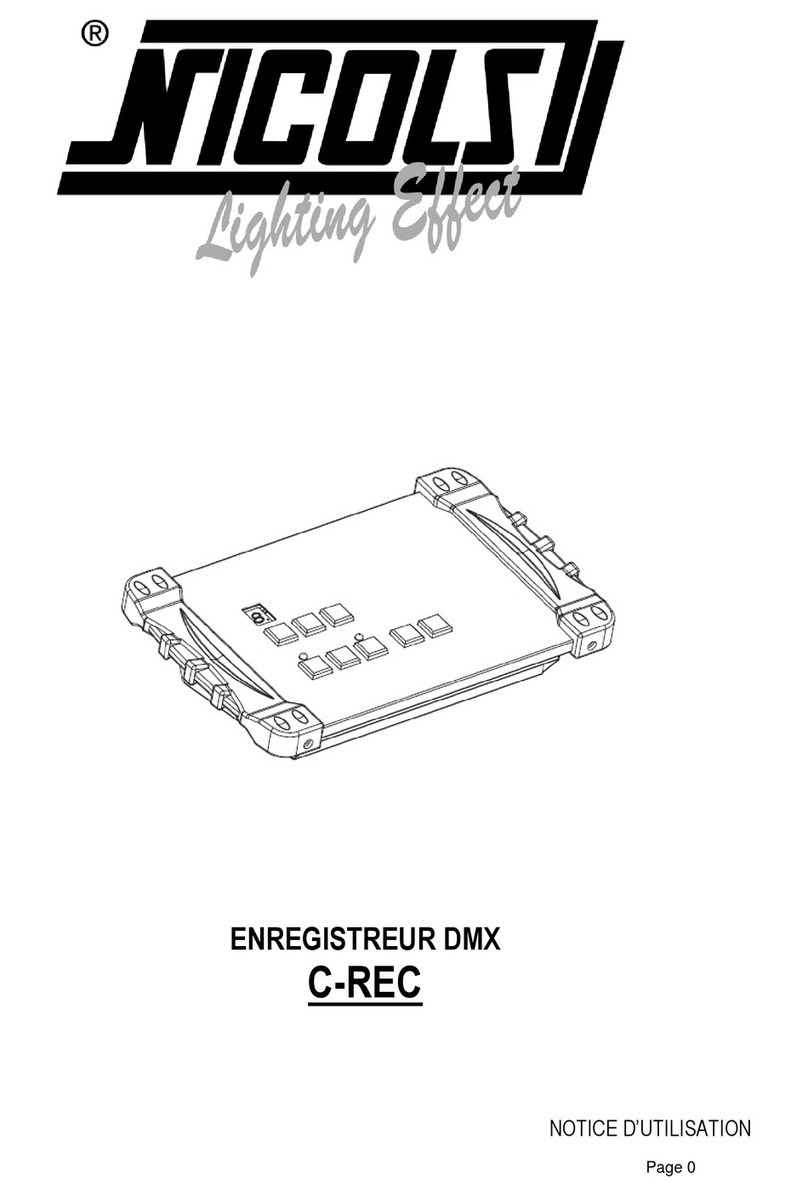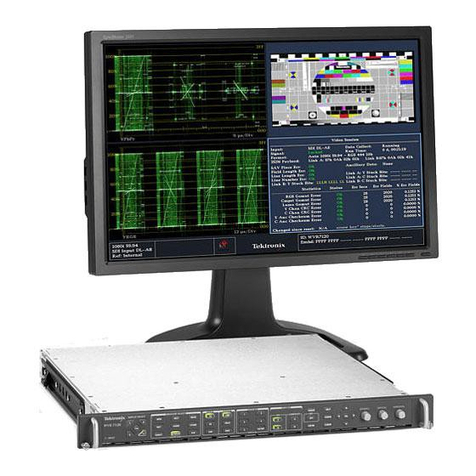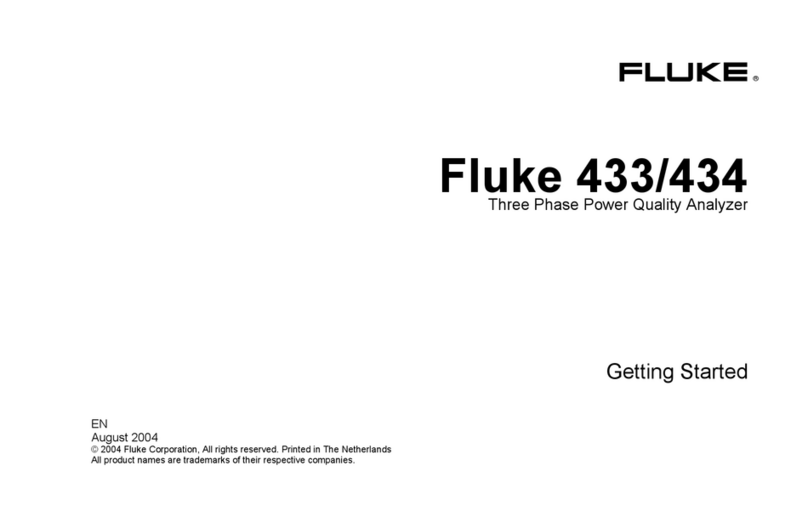PSI SpectraPen LM 510 Guide

SpectraPen LM 510
Manual and User Guide
Please read this manual before operating this product
PSI, spol. s r. o., Drásov 470, 664 24 Drásov, Czech Republic
FAX: +420 511 440 901, TEL: +420 511 440 011, www.psi.cz

© PSI (Photon Systems Instruments), spol. s r. o.
2
© PSI (Photon Systems Instruments), spol. s r. o. (hereinafter PSI), February 2019
This document and its parts can be copied or provided to a third party only with the express permission of PSI.
The contents of this manual have been verified to correspond to the specifications of the device. However, deviations cannot
be ruled out. Therefore, a complete correspondence between the manual and the real device cannot be guaranteed. The
information in this manual is regularly checked, and corrections may be made in subsequent versions.
The visualizations shown in this manual are only illustrative.
This manual is an integral part of the purchase and delivery of equipment and its accessories and both Parties must abide
by it.

© PSI (Photon Systems Instruments), spol. s r. o.
3
TABLE OF CONTENTS
1Information Before Using SpectraPen Device ................................................................................................................ 4
2Technical Specification ................................................................................................................................................... 5
3General Information....................................................................................................................................................... 6
3.1 Device Description................................................................................................................................................. 7
4List of Components......................................................................................................................................................... 9
5Care and Maintenance ................................................................................................................................................. 10
6Getting Started ............................................................................................................................................................. 11
6.1 Dark Spectrum Calibration .................................................................................................................................. 11
6.2 Measurement...................................................................................................................................................... 12
7Menu Description......................................................................................................................................................... 16
8PC Communication ....................................................................................................................................................... 21
8.1 USB Connection................................................................................................................................................... 21
8.2 Driver Installation ................................................................................................................................................ 21
9SpectraPen Software .................................................................................................................................................... 25
9.1 Software Installation ........................................................................................................................................... 25
9.2 Software Menu.................................................................................................................................................... 27
9.3 Data Transfer and Visualization........................................................................................................................... 28
9.4 Online Control ..................................................................................................................................................... 33
9.5 Firmware Update................................................................................................................................................. 35
10 GPS Module.................................................................................................................................................................. 36
11 Warranty Terms and Conditions .................................................................................................................................. 38
12 Troubleshooting and Customer Support ...................................................................................................................... 39
13 Appendix....................................................................................................................................................................... 40
13.1 Programming Custom Index in SpectraPen......................................................................................................... 40

© PSI (Photon Systems Instruments), spol. s r. o.
4
1INFORMATION BEFORE USING SPECTRAPEN DEVICE
Please read this manual carefully before operating the device. If not sure about anything in this manual, please contact the
manufacturer for clarification.
By accepting the device, the customer agrees to follow the instructions in this guide.
Always follow instructions in this manual while working with the SpectraPen device or doing the maintenance.
It is forbidden to interfere with the hardware or software of the SpectraPen device in any way without previous agreement
with the manufacturer.
The following table explains basic highlight symbols used in this manual.
Symbol
Description
Important information, read carefully.
Additional information.
Tab. 1 Used symbols.

© PSI (Photon Systems Instruments), spol. s r. o.
5
2TECHNICAL SPECIFICATION
Spectrum measurement
Spectral range
380 nm - 790 nm (LM 510 UVIS)
640 nm - 1050 nm (LM 510 NIR)
Spectral response half width
9 nm
FWHM bandwidth
7 nm
Wavelength reproducibility
+/- 0.5 nm
Spectral Straylight
-30 dB
Integration time
Set automatically
From 5 ms to 10 s
Number of pixel
256
Dimension of pixel
0.5 x 15.8 mm
Data storage and transfer
Internal memory capacity
Up to 16 Mbit
Internal data logging
Up to 4,000 measurements
Data transfer
USB cable
PC software
SpectraPen 1.1 (Windows 7 and higher)
Battery
Type
Li-Ion rechargeable battery
Capacity
2600 mAh
Max. charging current
0.5 A
Charging
Via USB port - PC, power bank, USB charger, etc.
Battery life
48 hours typical with full operation
Low battery indicator
Other
Optical entrance
Cosine corrector
Display
Touchscreen 240 x 320 pixel; 65535 colors
Built in GPS module
Ultra-high sensitivity down to -165dBm
High accuracy of <1.5 m in 50% of trials
Size
180 x 75 x 40 mm
Weight
300 g
Operating conditions
Temperature: 0 to +55 °C
Relative humidity: 0 to 95 % (non-condensing)
Storage conditions
Temperature: -10 to +60 °C
Relative humidity: 0 to 95 % (non-condensing)
Warranty
1 year parts and labor

© PSI (Photon Systems Instruments), spol. s r. o.
6
3GENERAL INFORMATION
SpectraPen LM 510 is a handheld portable spectroradiometer that is ideal as a general-purpose instrument for research
and for agricultural applications. SpectraPen LM 510 measures in radiometric or photometric units the intensity of the light
irradiance and is calibrated for visible light in the range of 380 –780 nm for UVIS version and 640 –1,050 nm for NIR
version. SpectraPen is used for irradiance measurements, illuminance measurements and CIELAB chromaticity diagram
measurements. SpectraPen is especially useful for rapid measurements of spectral light quality, for monitoring of artificial
lighting and for quantification of light radiation.
The SpectraPen is powered by a built-in, rechargeable Li-Ion battery and does not require a PC or any other bulky accessory
for operation. The SpectraPen touch screen displays continuously the wavelength and intensity readings and their spectral
traces including correlated color temperature index. All recorded data are automatically stored in the internal memory of
the device. The SpectraPen includes a comprehensive software package (for a PC) comprising full system control, data
acquisition and data processing.
The built-in GPS module and splash-proof case are ideal for field use of the SpectraPen and make this device well suited
for wide scope of environmental, agricultural and ecological applications such as monitoring of artificial lighting used in
horticulture industry or light source testing.
Parameters measured by the SpectraPen:
Scope - quantitative light intensity at different wavelengths
•Irradiance spectrum [µW.cm-2.nm-1]
•Photon flux density spectrum [µmol.m-2.s-1.nm-1]
Light Meter - absolute light intensity at defined range of wavelengths of the electromagnetic spectrum
•Irradiance [W.m-2] in user defined range of the electromagnetic spectrum
•Photon flux density [µmol.m-2.s-1] in user defined range of the electromagnetic spectrum
•Illuminance [Lux] - total luminous flux incident on a surface, per unit area
•PAR [µmol.m-2.s-1]*
Chromaticity Diagram CIE1931 - quality of color space and color temperature of the light source
•CIE color coordinates*
•Correlated color temperature –for LED *
•Color rendering index
Users defined formulas in SpectraPen software
* Valid only for LM 510-UVIS version of SpectraPen LM 510
SpectraPen versions:
LM 510-H/UVIS (Fig. 1a)
Cosine corrector facing up (horizontal position); limited space measurement; wavelength range 340 –780 nm
LM 510-H/NIR (Fig. 1a)
Cosine corrector facing up (horizontal position); limited space measurement; wavelength range 640 –1,050 nm
LM 510-V/UVIS (Fig. 1b)
Cosine corrector facing front (vertical position); field measurement; tripod mount; wavelength range 340 –780 nm
LM 510-V/NIR (Fig. 1b)
Cosine corrector facing front (vertical position); field measurement; tripod mount; wavelength range 640 –1,050 nm

© PSI (Photon Systems Instruments), spol. s r. o.
7
Fig. 1a) SpectraPen LM 510-H. b) SpectraPen LM 510-V.
3.1 DEVICE DESCRIPTION
Cosine corrector
The optical sensor of the SpectraPen and the cosine corrector, is placed inside of the black box positioned on the front
panel which protects the optics from dirt or moisture. The sensor is covered with a teflon ring placed either on top
(horizontal position) or in front (vertical position) of the optical head depending on the device version.
Integration time of the detector is set automatically according to the ambient light intensity up to a maximum integration
time of ten seconds.
Each SpectraPen device is calibrated with the certified light source AvaLight - DH-BAL-CAL. Calibration certificate is
provided by the manufacturer for each device.
The sensor should be always dust and dirt free and protected when not in use, as any scratches on
the surface might interfere with measurements and results
Color touch screen display
The SpectraPen is operated via touch screen by using provided stylus. Instructions on how to operate the unit are provided
on page 16.
No sharp objects should be used when operating the SpectraPen via touch screen. It is
recommended to use provided stylus when making selections on the touch screen.

© PSI (Photon Systems Instruments), spol. s r. o.
8
Connector for USB cable
USB connector on the device together with the USB cable provided, is used for re-charging the device battery and for
operation of the SpectraPen directly from a PC via the SpectraPen software (downloaded to PC).
Power button
Power button is the main Switch ON/OFF button.
Fig. 2 SpectraPen LM 510-H.

© PSI (Photon Systems Instruments), spol. s r. o.
9
4LIST OF COMPONENTS
Carefully unpack the carton. You should have received the following items:
•SpectraPen
•Carrying Case
•Textile Strap for Comfortable Wearing
•SpectraPen Operating Manual (on a USB flash disc)
•SpectraPen software and driver (on a USB flash disc)
•USB cable
•Stylus
Other Accessories or Optional Features (according to your specific order)
For USB connection you need to have the USB driver installed on the PC. The driver can be found on
the installation disk (USB driver folder).
If any item is missing, please, contact PSI. Also check the carton for any visible external damage. If
you find any damage, notify the carrier and PSI immediately. The carton and all packing materials
should be retained for inspection by the carrier or insurer.

© PSI (Photon Systems Instruments), spol. s r. o.
10
5CARE AND MAINTENANCE
SpectraPen
•Never submerge the device in water!
•The device should not come in contact with any organic solvents, strong acids or bases.
•Keep the optical sensor cover clean and dry. If cleaning is needed, use soft, non-abrasive tissue.
•Do not use sharp objects for touch screen operation.
It is recommended to re-calibrate the device by the manufacturer every 2 years.
Li-ion battery
•Battery power lasts approximately 48 hours when the SpectraPen is operated continuously.
•Avoid fully discharging of the battery.
•Do not keep the battery at full charge for long periods of time. Allow for it to discharge.
•High temperatures shortens battery life.
•If the battery can no longer be charged, please contact PSI for replacement battery and installation
instructions.

© PSI (Photon Systems Instruments), spol. s r. o.
11
6GETTING STARTED
Switch on the device by pressing the Power button and follow next steps to perform the measurements. In case the device
battery is not charged connect the SpectraPen to the PC or to USB adaptor (not included) via the USB cable and charge the
battery.
Before any parameters are measured with SpectraPen device dark spectrum scan must be performed. Dark spectrum scan
must be performed everytime the device is switched on or periodically during prolong operation period of the device. A
dark spectrum scan is the equivalent of zeroing the instrument and the user should perform a dark scan each time changes
are made in the Setup menu
The measurements with the SpectraPen cannot be made until the dark spectrum calibration is
performed.
6.1 DARK SPECTRUM CALIBRATION
Dark spectrum calibration is an essential step for zeroing of the device before live spectrum is obtained.
•On the opening screen of the device select Get Dark Spectrum >press OK (Fig. 3)
•Cover the cosine corrector head (optical sensor) completely with a dark cloth to ensure that it is in total darkness
during the calibration step. It is important that no outside light reaches the detector and interferes with the
measurement.
Fig. 3 Dark spectrum calibration –part 1.
•Press OK and wait until the Dark spectrum calibration step is completed (Fig. 4). Please note that the sensor head must
be covered throughout the entire process of calibration.
•Dark spectrum is automatically stored into the device memory and used for background subtraction. Dark spectrum
calibration scan is normalised to the surrounding temperature and is relative to the detector integration time.
In case surrounding temperature is rapidly changed during the calibration step or during the
measurement, the SpectraPen will automatically ask for new dark spectrum calibration.

© PSI (Photon Systems Instruments), spol. s r. o.
12
Fig. 4 Dark spectrum calibration –part 2.
6.2 MEASUREMENT
SpectraPen can calculate a number of parameters that are derived from measurements of:
•Light intensity at different wavelengths (Scope)
•absolute light intensity at defined range of wavelengths of the electromagnetic spectrum (Light meter)
•quality of color space and color temperature of the light source (Chromaticity diagram)
Please note that for proper lights spectra measurement, the SpectraPen device should be
perpendicular to the light source for LM 510-H version and parallel with the light source for LM 510-V
version.
To perform the individual measurements please follow the next steps.
•In the opening screen select Measure and the desired function (Fig. 5)
•Scope (for Irradiance measurments over the range of the device)
•Light meter (absolute light intensity averaged over the user specified range of wavelengths)
•Chromaticity diagram (measurement of light color and correlated color temperature (CCT))

© PSI (Photon Systems Instruments), spol. s r. o.
13
Fig. 5 Selection of type of measurement.
Scope
Scope function is used for measurement of light intensity at different wavelengths (Fig. 6). Irradiance measurements
display units as photon flux density in (µmol/m2/s/nm) or as irradiance in µW/cm2/nm.
To perform the measurement select from the top menu of the main screen: Measure>Scope>Get Spectrum
The spectra of the light source will be acquired, stored to the device memory and displayed on the screen.
To change the units displayed please go to Options>Settings.
Fig. 6 Scope.

© PSI (Photon Systems Instruments), spol. s r. o.
14
Light meter
Light meter function is used for measurements of absolute light intensity at defined range of wavelengths (Fig. 7). Photon
flux density measurements display units in micromoles per square meter per second, irradiance measurements are
displayed in Watts per square meter and illuminance measurements are displayed in units of Lux.
To perform the measurement select from the top menu of the main screen Measure>Light Meter>Get Spectrum
Light intensity of the light source will be acquired, stored to the device memory and displayed on the screen as shown in
Fig. 7
Fig. 7 Light meter window.
Please note that the Light Meter integrates the value based on the wavelength range defined. For LM 510/UVIS this is in
range 340-780 nm. The user can define the wavelength range to be measured and use this tool to measure specific spectral
regions of interest by going to Options>Settings and setting the required range (find more on page 18). To measure
photosynthetically active radiation (PAR) change the settings and set the values from 400 to 700 nm.
Chromaticity diagram
Chromaticity diagram function is used for measurement of light color and correlated color temperature (CCT) using the
International Commission on Illumination (CIE) techniques (Fig. 8). Chromaticity diagram function uses standard
coordinates of the 1931 CIE colorimetric system by which all possible colours can be uniquely identified. A color space is
a uniform representation of visible light. It maps all of the colors visible to the human eye onto an x-y grid and assigns them
measureable values. This allows us to make uniform measurements and comparisons between colors.
To perform the measurement select from the top menu of the main screen: Measure >Chromaticity diagram> Get
Spectrum
The colour of the light source in the CIE1931 colorimetric system is marked by black cross. The x- and y- coordinates of the
measured light source will be determined and the CCT value will be calculated and displayed on the screen.
Please note that the CCT values are not automatically stored.

© PSI (Photon Systems Instruments), spol. s r. o.
15
Fig. 8 Chromaticity diagram function.

© PSI (Photon Systems Instruments), spol. s r. o.
16
7MENU DESCRIPTION
Measure
This option is described in the Chapter 6.2 Measurement.
Data
•Browse (Fig. 9) –displays data browse dialog box. The user can browse the list of stored data, select the set of data
files and view the light spectra in Scope mode. Colour classification of each data file helps the user to discriminate
between individual measurements. PAR bookmark allows the user to view the light intensity in PAR spectral region
for the acquired data. PAR is photosynthetically active radiation integrated in range 400-700nm.
Fig. 9 Data browse.
•Erase –erase function is used to erase internal data memory (Fig. 10)
Fig. 10 Memory erase function.
•Memory info (Fig. 11) –displays info on current amount of used internal memory in the SpectraPen LM 510 device

© PSI (Photon Systems Instruments), spol. s r. o.
17
Fig. 11 Memory info.
Options
•Settings–this function is used to set various variable for the light measurements and for the device operation
•Graph –displays options for setting the wavelength range and graph features (Fig. 12)
Zoom enable –enables the zoom feature. With the stylus select an area (in the right-down direction) of the
displayed graph which you want to zoom in. Reverse these steps if you want to return to the original display.
Marker enable –enables to display exact numeric value for the point selected in the Scope graph window. Exact
wavelength and light irradiance are displayed for the point touched on the graphical display. In top right corner
of the LCD display the exact value of wavelength in nm is displayed for the user selected position of the spectrum.
In addition, light irradiance for the given nm is shown.
Smoothing –enables noise reduction of the graphical display by Smoothing the noise in the spectrum at the
expense of spectral resolution.
Wavelength range –defines the range of wavelengths considered for light meter measurements of Irradiance
and Photon flux density. Desired wavelength range can be adjusted by selecting the wavelength and by using the
arrows up and down.
Please note that the wavelength range setting applies only for light meter. Light intensity measured
in selected range is shown only on the SpectraPen display. The device saves to the memory the
whole spectrum and light intensity calculated from the whole spectrum.
The wavelength range setting is not active for Illuminance.

© PSI (Photon Systems Instruments), spol. s r. o.
18
Fig. 12 Graph settings.
•Time - displays actual time and date (all data files are stored by time and date signature). To change time and/or
date specifications touch on one of the values and adjust it using the arrows (Fig. 13).
Fig. 13 Time setting.
•LCD –is used to adjust LCD display control settings (Fig. 14)
Backlight intensity –move slider to adjust back light intensity in percentage
Backlight time-out –move slider to adjust backlight time-out between 5 and 60 s (time of inactivity required
before backlight will dim out to save battery life).

© PSI (Photon Systems Instruments), spol. s r. o.
19
Fig. 14 LCD settings.
•Device (Fig. 15)
GPS –activates the GPS built-in module. The GPS coordinates cannot be displayed on the device display, but they
are exported together with data and visualized in SpectraPen software on the computer after download.
Average –Average function is used for adjusting the number of scans for each reading. Averaging of more scans
results in a higher signal-to-noise ratio but increases the time required for each reading that appears on the
screen. Move slider to set the number of measurement to be acquired for averaged values.
Fig. 15 Device settings.
Help
•About…-information about the device, hardware and software version (Fig. 16).

© PSI (Photon Systems Instruments), spol. s r. o.
20
Fig. 16 Information about the device.
Other manuals for SpectraPen LM 510
1
Table of contents
Other PSI Measuring Instrument manuals



